Home »
Misc »
How to draft a good fantasy basketball team
How to draft a good fantasy basketball team
The best strategies to dominate your fantasy basketball drafts
Nov 16, 2020
Think about it. When you're rapping about fantasy sports with a stranger at a bar or chattering away online with your friends, what are you talking about 99.9 percent of the time? Player rankings, right? This guy is better than that guy. I can't stand Player X and will never roster him. I love Player Y and want to be his best friend.
Whether you're new to the fantasy game, a grizzled veteran or a so-called expert, we all do the same thing. It's not without merit, of course. If you don't have a sound opinion on which player is better than another, you have no hope of winning your league.![]()
But ranking your players is just the beginning of the process. What we should be talking about 99.9 percent of the time is pre-draft strategy because knowing how to construct the best team possible is how you win championships. That's why we draft our teams live rather than going straight down a cheat sheet, taking the top player available each turn.
Let's take a look at some tried and true methods to help you construct the best team possible in your fantasy hoops drafts.
Know your league rules
This seems about as basic as it gets, but we've all made mistakes, such as thinking a league started two centers instead of one. One simple mistake like that could wreck your whole roster. Think of the potential ramifications. You could end up reaching for that second center in the middle rounds instead of a real breakout power forward, or you could take a decent center with your third pick instead of a surefire star shooting guard.
In fact, you need to think through each rule and the potential ramifications of both good and bad draft-day decisions.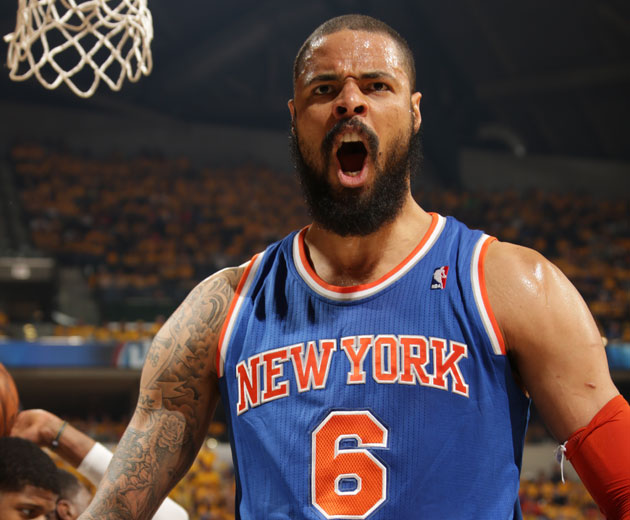
What's your scoring system?
If it's a nine-category rotisserie league, the 3.5 turnovers per game Joel Embiid has averaged for his career might make you think twice about taking him too early.
Whether eight- or nine-category roto, a guy such as Andre Drummond could torpedo your free throw category. On the other hand, in a category-based, head-to-head (h3H) system in which you get the weekly win if you outperform your opponent in more categories, you could draft Drummond, toss out the free throw category and focus the rest of your draft on winning the other categories, knowing you have a great start in rebounds, blocks and field goal percentage.
If it's a points-based, h3H system in which you earn a certain amount of points for each rebound, block, etc., you'll want to determine what that scoring system stresses and how it affects the stat production of your players. Are shot-blockers rewarded more than 3-point shooters? Are turnovers really costly?
What are your roster size and limits?
If you have eight people in a league and use only 10 roster spots, everyone's roster will be full of quality players.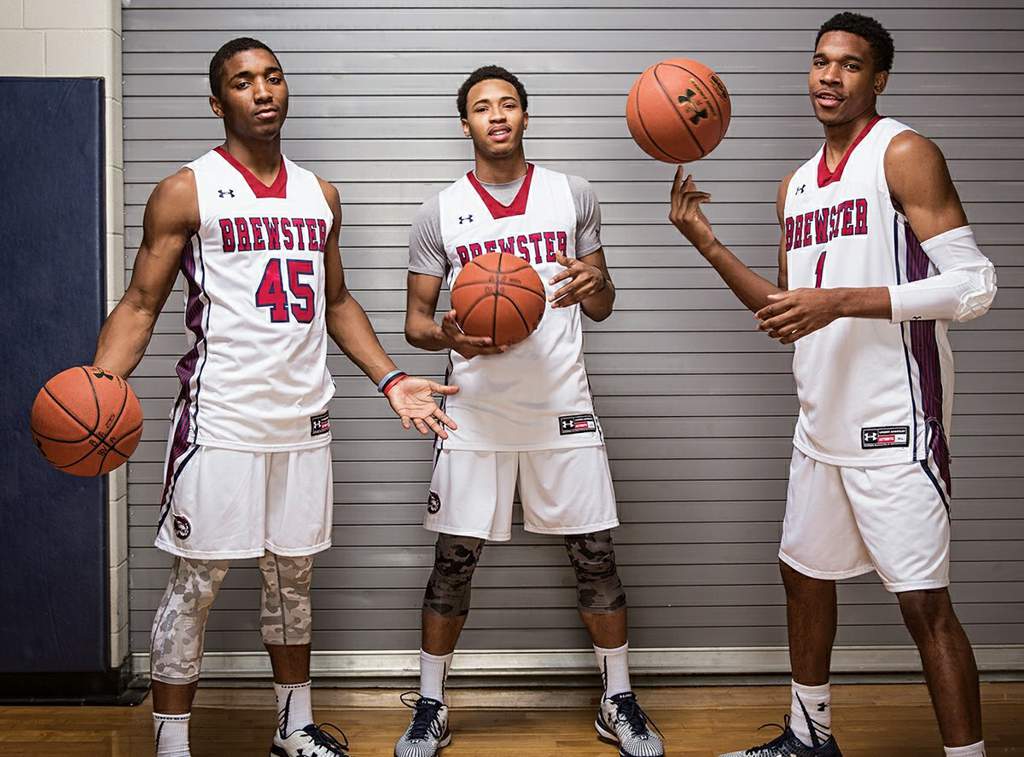 Because every player on every roster is sure to produce, you'll want to focus on having balanced production in all categories in roto leagues. Odds are, in a small league such as that, you'll have to be near the top of every category by season's end to win (i.e., you can't "punt" a category).
Because every player on every roster is sure to produce, you'll want to focus on having balanced production in all categories in roto leagues. Odds are, in a small league such as that, you'll have to be near the top of every category by season's end to win (i.e., you can't "punt" a category).
On the other hand, if you have 14 teams and 13 roster spots, you better make sure you have a good handle on the values of the top 180-plus players. That's because not every player on every roster will produce a lot, so the more low-end players you have giving you quality stats, the bigger advantage you'll have overall.
A lot of leagues use rosters that are loose on positions. Maybe you have PG, SG, SF, PF and C, but you also have a couple of guard spots, a couple of forward spots and a couple of flex positions. In this case, you don't need to pay much attention to which positions you are filling during your draft, because the G, F and flex spots give you a lot of leeway.
This is especially true these days, when the NBA is largely a position-less league, which has resulted in many or most players being granted multiple position eligibility in fantasy hoops games.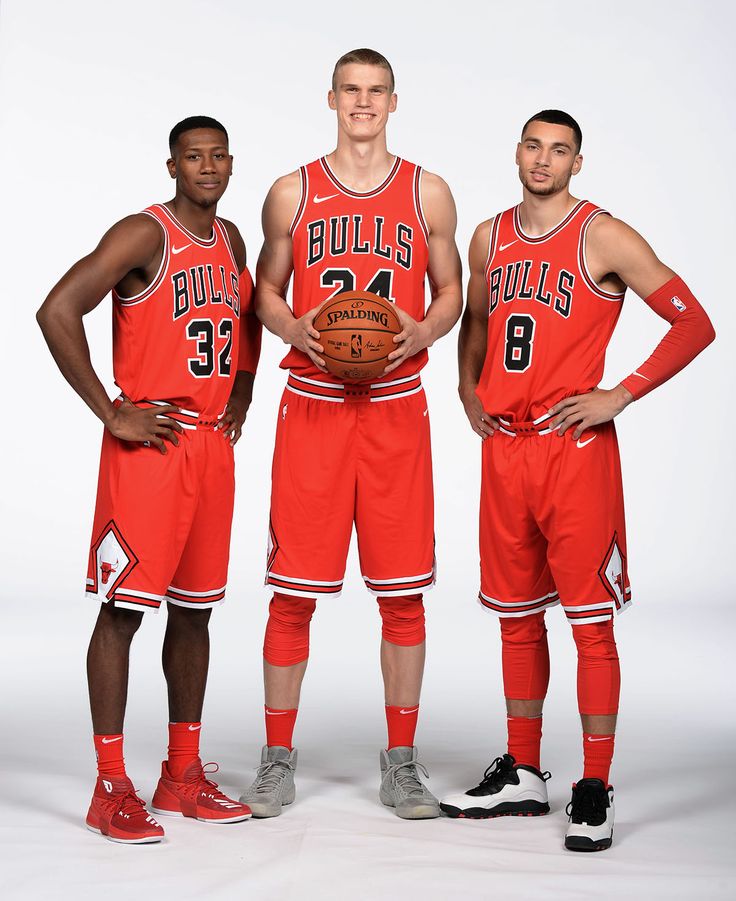 There is no shortage of PG/SG, SG/SF, SF/PF and PF/C players in ESPN leagues.
There is no shortage of PG/SG, SG/SF, SF/PF and PF/C players in ESPN leagues.
On the other hand, if your league has strict roster requirements, you'll have to pay close attention while filling out your roster during your draft. Say your league requires two each at PG, SG, SF, PF and C and has no flex spots. You'll be in a tight bind if you wait until the middle rounds to address your PG and C positions.
Think about your draft position
Ideally, your commissioner will let you know the draft order well in advance. But even if you let ESPN's system randomize your draft order, you'll find out your draft spot an hour before the draft begins, and that's enough time to at least give it some thought.
I believe this is the most important part of your pre-draft strategy. Think through your first pick and beyond it. Consider what your team should look like after the first four or five rounds -- map it out.
If you're deciding whether you want Anthony Davis and Stephen Curry in the first round of a roto draft, you aren't choosing just between those two stars.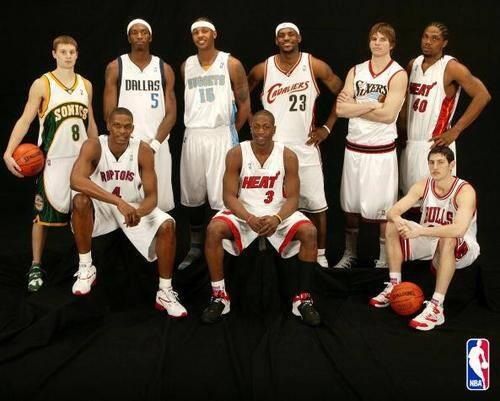 You are deciding what the next few players you draft should look like too. If you go with The KAT, you'll have a terrific base of big-man stats and should focus your next couple of rounds on stocking up on dimes and 3s. If you go with Curry, you'll be in great shape for dimes and 3s, but you might want to aim for a big man for blocks and rebounds in Round 2.
You are deciding what the next few players you draft should look like too. If you go with The KAT, you'll have a terrific base of big-man stats and should focus your next couple of rounds on stocking up on dimes and 3s. If you go with Curry, you'll be in great shape for dimes and 3s, but you might want to aim for a big man for blocks and rebounds in Round 2.
If you're drafting last in the first round of a snake draft, you'll get two picks in a row. This gives you a nice advantage because you can pair two players to make the foundation of your team. If you can get Damian Lillard and Rudy Gobert, you'll have a good base of stats for your team in every category. But maybe Lillard and Russell Westbrook are clearly the two best players remaining, in your opinion. There's nothing wrong with taking them, but it will affect your next few rounds, as you'll have little need for point guard production after that.
You should map it out. Get your cheat sheet set, and mark off where your first-, second-, third- and fourth-round picks will fall. Then you'll see which players you can get with each pick (e.g., if you draft first out of 12 teams, you know you will get three of your top 25 players). Examine the players ranked just ahead of your draft spots carefully, so that when it's your turn to draft, you're deciding between two or three players you've already studied. Then it's just a matter of determining whether you want to take the best player of that group or set your roster up in a certain way.
Then you'll see which players you can get with each pick (e.g., if you draft first out of 12 teams, you know you will get three of your top 25 players). Examine the players ranked just ahead of your draft spots carefully, so that when it's your turn to draft, you're deciding between two or three players you've already studied. Then it's just a matter of determining whether you want to take the best player of that group or set your roster up in a certain way.
Know your fellow managers
If you're in several leagues, you know that some managers trade, and some don't. In the fantasy sports industry, most of us have a slew of leagues. With limited time to spend on each of them, many industry leagues have few, if any, trades. So when you draft your team, you know that aside from waiver-wire work, that's probably going to be your team for the season.
In leagues in which you know you have little chance of trading, you need to construct your team well during the draft. In most scoring systems, you can't have a big hole in scoring and blocks, or you probably can't win. You also can't have a complete dud starting at point guard and no depth at that position, or you'll have a brutal time making any headway in assists.
You also can't have a complete dud starting at point guard and no depth at that position, or you'll have a brutal time making any headway in assists.
On the other hand, if everyone in your league loves to trade, you can lean more toward drafting the best player available each round because you know you can tweak your roster by selling from your strong categories or positions to fill out your weak ones.
If you know your managers personally, you can take advantage of that too. Suppose a guy in your league is known for overpaying in trades, and you know his favorite player in the world is Trae Young. You might need a center, but you could draft the guard Young because you can be reasonably sure you can flip him in a trade for a better player than the centers left in the draft.
Also consider drafting extra players at one position to trade them, especially in leagues with tight roster settings, such as two-center leagues.
Filling out your roster
While you really must set up a quality backbone to your team in the first four or five rounds, leagues are won and lost in the final third of your draft.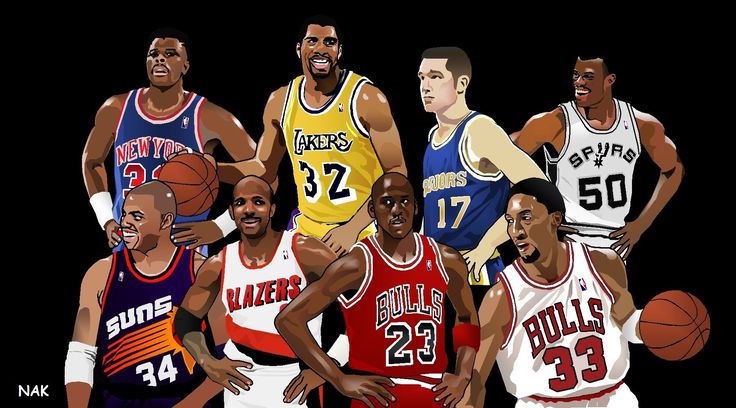 Did you select Pascal Siakam or Luka Doncic last season? How about Lonzo Ball or Devonte' Graham? Did you win? Did you lose? Admittedly, there's a lot of luck involved, but the better you're prepared ahead of time, the smaller role luck plays and the better your odds of winning.
Did you select Pascal Siakam or Luka Doncic last season? How about Lonzo Ball or Devonte' Graham? Did you win? Did you lose? Admittedly, there's a lot of luck involved, but the better you're prepared ahead of time, the smaller role luck plays and the better your odds of winning.
I pay far less attention to rankings in the latter rounds of drafts and far more attention to players I aim for, regardless of which round it is. I recommend going through the bottom third of your cheat sheet and highlighting players you would like to have on your team. Although there are reasons you might rank Chris Paul above Jamal Murray in a vacuum, I am more inclined to draft the younger Murray. He has a ton of upside and could exceed his draft spot, unlike the veteran CP3.
In the latter rounds, I'm focused primarily on upside -- players who have a shot at breaking out, whether through natural development of their talent or because the only thing stopping their explosion is a brittle or overrated guy ahead of him on the depth chart.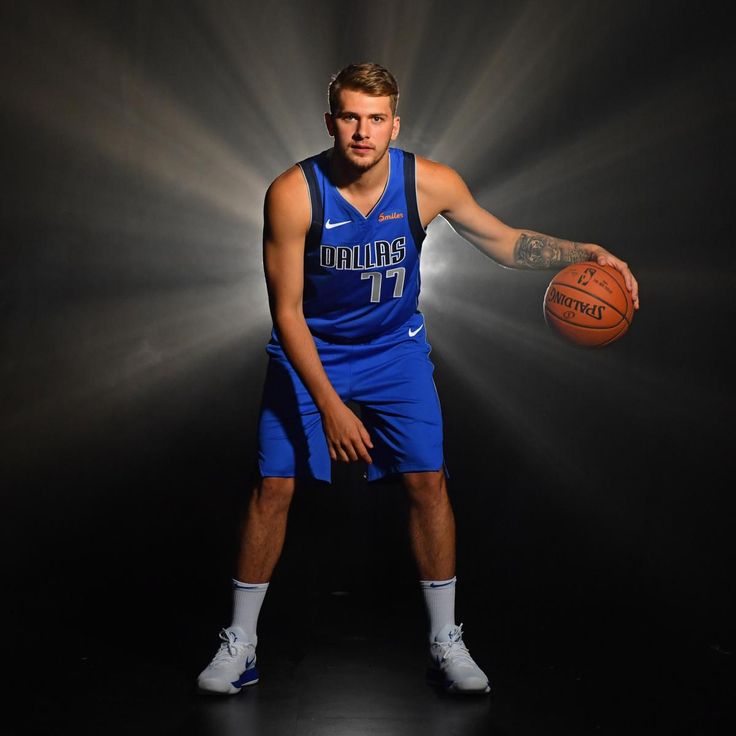
Don't get cute, though. If every player you take in the bottom third of your draft is just as likely to do nothing as to explode, you're probably going to be in trouble. Make sure you have at least two or three guys whom you can bank on to give you some production every week, and surround them with skilled guys who can outperform their draft spots.
I'm certain that if you heed my advice on pre-draft strategy, you'll have your best drafts to date. The more prepared you are before a draft, the fewer mistakes and more correct decisions you'll make during the draft. Think about it.
Fantasy Basketball 2022-23: Tips and draft strategy for category format leagues
Jrue Holiday provides numbers — and therefore value — across multiple categories in fantasy basketball.
Special to Yahoo Sports
Whether it’s your first time playing fantasy sports or you’re a seasoned fantasy football player looking for a new challenge, this guide aims to educate you about how to approach a category-based fantasy basketball league. The tips and advice found here should help you construct a serviceable — and hopefully league-winning! — team, even if you haven’t been actively following the NBA or have never played fantasy before.
The tips and advice found here should help you construct a serviceable — and hopefully league-winning! — team, even if you haven’t been actively following the NBA or have never played fantasy before.
First, as always: know your league’s settingsAlmost all category leagues are either “8-cat” (eight default categories) or “9-cat” (nine default categories). The eight default categories are points, rebounds, assists, steals, blocks, 3s, FG% and FT%. Turnovers are the ninth default, and they’re the only difference between 8-cat and 9-cat leagues. 9-cat is more common on Yahoo, but you can play either format depending on what you prefer.
A few themes to remember if you play in a 9-cat league: High-usage players are often turnover machines, and rookies tend to be particularly turnover prone, especially rookie ballhandlers. Catch-and-shoot specialists (think PJ Tucker) and big men who don’t pass (like Clint Capela) tend to see the biggest boosts in 9-cat value.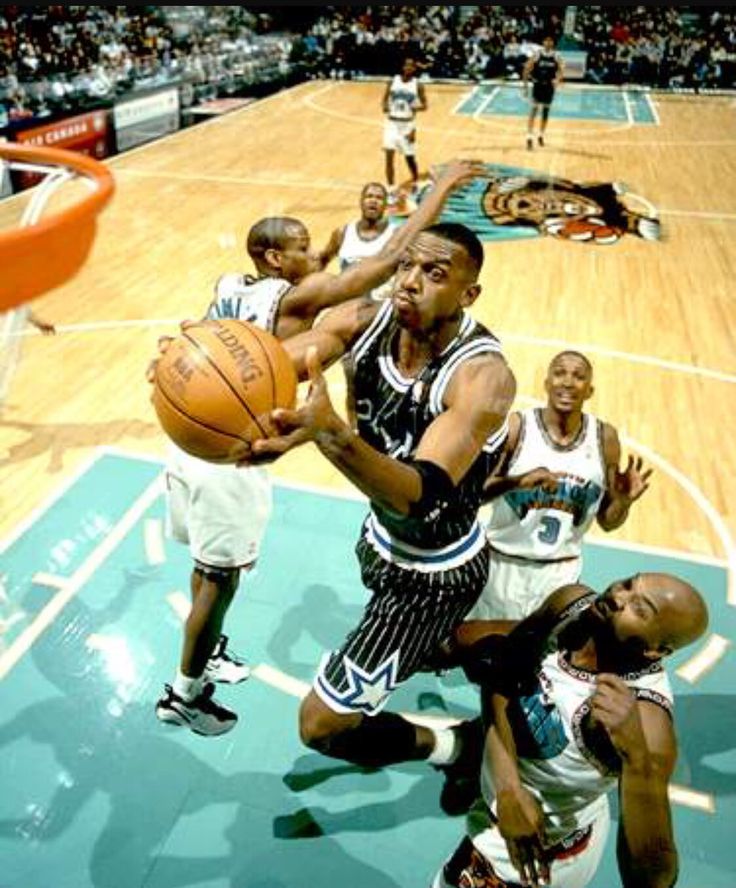
[Get in on the fun this fantasy hoops season: Create or join a league now!]
Occasionally, league commissioners experiment with some other category options. Some of the most common alternatives are double-doubles, triple-doubles, splitting offensive and defensive rebounds into two categories, or changing the way field goal efficiency is measured (i.e. counting made field goals, made free throws, eFG%, TS%, or some combination thereof). If you play in one of these leagues with atypical categories, the most important thing to remember is that most fantasy advice is not tailored for your leagues. There is still a lot to gain and a lot to be learned from articles, tweets, podcasts, etc, but remember that all of that advice assumes that you’re playing in either 8-cat or 9-cat.
Weekly vs. daily lineups; IR spotsThis isn’t special to category-based leagues, but fantasy managers need to know whether they set lineups every day or once a week and whether they have an IR spot. Managers in weekly lineup leagues or leagues without an IR spot need to be more cautious on draft day. Someone like Kawhi Leonard, who is likely to miss games for “load management”, does more damage in a weekly lineups league than a daily lineups league — in a daily lineups league, you can insert a replacement for just that day. Injuries are also easier to wait out if your roster has an IR spot. That way, you can add a new player without dropping the injured one.
Managers in weekly lineup leagues or leagues without an IR spot need to be more cautious on draft day. Someone like Kawhi Leonard, who is likely to miss games for “load management”, does more damage in a weekly lineups league than a daily lineups league — in a daily lineups league, you can insert a replacement for just that day. Injuries are also easier to wait out if your roster has an IR spot. That way, you can add a new player without dropping the injured one.
Roto vs. Head-to-Head; PuntingThis is the big one. In an h3H (head-to-head) league, you face off against one team per week — your categories against your opponent’s. In h3H leagues, the teams with the best records qualify for the playoffs, and the champion is the winner of the playoff tournament. In roto (short for rotisserie), teams compete against the entire league over the course of the season. In a 12-team league, the leader in a given category gains 12 points, second place gets 11, third place gets 10, and so on until last place gets a single point.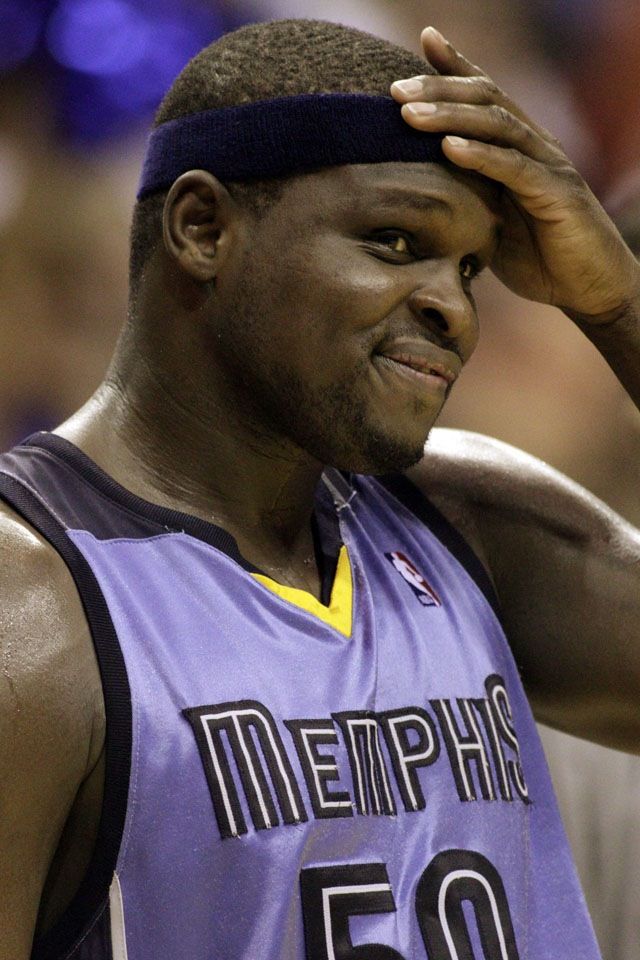 The champion is the team with the most cumulative points on the final day of the season.
The champion is the team with the most cumulative points on the final day of the season.
The most important difference between h3H and roto is that punting (deliberately ignoring multiple categories, so that you can build an extra strong team in the remaining categories) usually leads to different results. In h3H, a well-crafted punt build is the optimal strategy. However, in roto, punting successfully is much harder and not rewarded as explicitly.
The reason you should punt in a head-to-head league is that you’re only trying to win a majority of the categories — it’s okay if you lose a few. For example, if you’re in a 9-cat league, you can effectively punt four categories in an attempt to win the other five. The more unusual build the better, as you’ll potentially be competing against other people who are punting, and you want to overlap as little as possible. Something strange like punting points, 3s, rebounds and assists will shift values, so you can reach to secure players who fit your build. Last season, that build — steals, blocks, FG%, FT% and TO — yielded increased value for players like Robert Williams, Herb Jones, Jaren Jackson and Mikal Bridges.
Last season, that build — steals, blocks, FG%, FT% and TO — yielded increased value for players like Robert Williams, Herb Jones, Jaren Jackson and Mikal Bridges.
One other note on h3H category leagues: There are two types. The Yahoo standard counts each category as one game per week. So in a 9-cat league, a manager will receive a result in the standings for each category they win, loss or tie. Win five categories and lose four, you’ll be 5-4 that week.In “h3H One Win”, only one result is added to the W-L-T record per week, determined by which team wins the most categories.
Category Scarcity
Blocks and Assists
Blocks and assists are the scarcest categories. Most of the league’s assists come from the top point guards, with a few notable exceptions. All of the non-point-guard assists leaders are going to get drafted, and most of them will go in the first couple of rounds. When a point guard becomes worthy of acquisition off the waiver wire, they rarely are high-impact passers.
Similarly, there will be some shot-blocking big men who emerge off waivers as the season rolls along, but, as with assists, those players rarely block enough shots to make a major impact. As with assists, most of the best shotblockers will all get drafted in the first couple of rounds.
Rebounds and 3-pointers
Rebounds and 3-pointers are much easier to find. While the league’s elite rebounders stay pretty steady year over year, there are always several big men who emerge early in the season as reliable sources of boards. Furthermore, as big men get hurt, their backups usually step in and provide a decent facsimile of the starter’s rebounding load.
Threes are a slightly different story, but the results are the same. As the total number of 3s has increased, finding quality 3-point shooters later in drafts has become easier and easier. Every year, a few players emerge as semi-surprising additions to the 3s-per-game leaderboard. Perhaps more importantly, due to the streaky nature of long-range shooting, managers who remain active on the waiver wire can usually find a few players going through a hot streak and averaging several made 3s per game.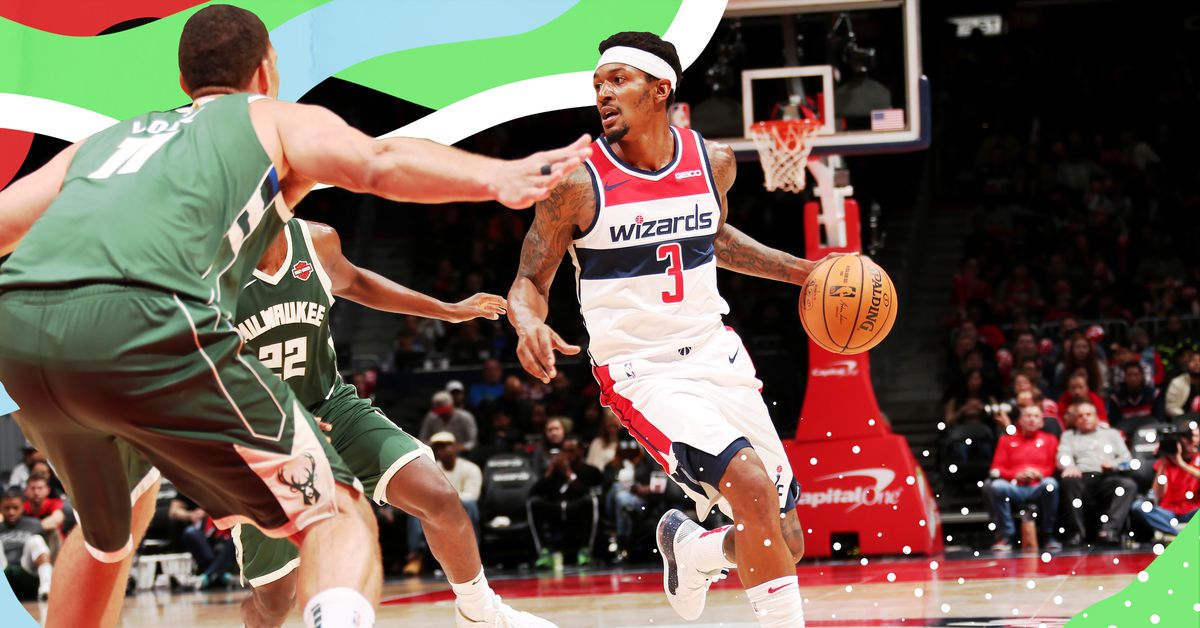
Points
Points are tricky. On the one hand, all the best scorers are going to get drafted early. Unless you are deliberately punting the category, you’ll probably need to draft at least one 20-plus-point scorer early to stay competitive.
On the other hand, points are often overvalued by fantasy managers. Low scorers often get drafted much later than they should. High scorers get picked up off waivers much quicker, even if they provide little value in the other categories. Furthermore, as NBA offenses have changed, there are more high scorers available in the later rounds of drafts than ever before.
Points do become available on waivers throughout the season, but most of the time, it’s only players who score between 13 and 18 points. Those guys can help, but, here too, waivers are unlikely to bail you out if you missed on this category on draft day.
Steals
Steals are always available on waivers. The problem? Most of those players don’t provide enough help in the other categories to be worth rostering.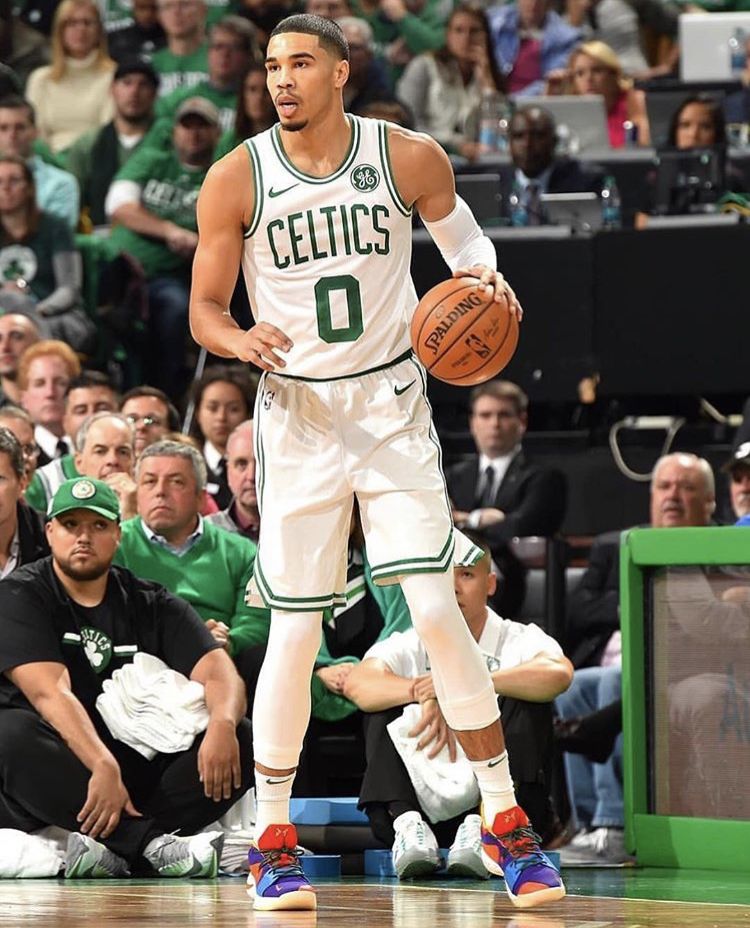 That means that managers in daily lineups leagues can get meaningful help off of waivers, especially late in the week in a close h3H matchup, but that managers in weekly lineups leagues will have a harder time using the waiver wire to bolster their rosters.
That means that managers in daily lineups leagues can get meaningful help off of waivers, especially late in the week in a close h3H matchup, but that managers in weekly lineups leagues will have a harder time using the waiver wire to bolster their rosters.
The best way to stay competitive in steals is to try to draft elite two-way players relatively early, like Chris Paul and Jrue Holiday, so you don’t have to reach late in drafts for players who have murky roles and are generally unreliable.
FG% and FT%
Players’ FG% and FT% are more variable than many counting stats, and therefore harder to predict, even if they stay in the same role on the same team.
For that reason, managers should remain careful when trying to build strength in these two categories. If you think your team is good, but not great, in either FG% or FT%, then remember that your margin for error may be small.
One last note — there are also some well-founded strategic arguments against punting either shooting efficiency category. Foremost among them, is that it is likely another manager in your league may attempt the same build, and that a punt-percentages team suffers more than other roster builds when their team has fewer games than their opponent in a given week.
Foremost among them, is that it is likely another manager in your league may attempt the same build, and that a punt-percentages team suffers more than other roster builds when their team has fewer games than their opponent in a given week.
Final NotesIf you’ve played in points leagues before, and this is your first time playing in a category-based league, make sure to compare last season’s final ranks in points leagues to last season’s final ranks in category leagues. This should help you get a good sense of which players make some pretty big jumps and which fall.
Remember that category scarcity is now much more important that positional scarcity. Positions still matter, but they matter a lot less.
Lastly, and this applies to points leagues as well as category leagues: remember that your last few picks are probably going to be dropped a few weeks later anyway. Take a few risks on upside, or focus on players who might fill some specific categorical weakness — there is no such thing as “reaching” at the end of a draft.
Daily Fantasy Football Uniform
In today's article we will talk about the uniforms of players and teams. I mean not the equipment, but the physical form. Form is one of the biggest factors in every sport and football is no exception.
By studying the form of teams and players, participants in daily fantasy football tournaments get the opportunity to choose exactly those players that club coaches will bet on. This in turn has a huge impact on the potential number of fantasy points that a DFS player can earn.
Team kit
The way a team looks from round to round throughout the championship is perhaps the most important factor that affects a player's form.
Winning streak
If a team has a winning streak and plays with confidence, this is passed on to every player in the club, and can boost the performance of those who initially seem unremarkable. Such a team will play with more freedom, which means that will have more attacks and scoring chances, which result in more fantasy points. And this is especially important when participating in fantasy leagues with a large tournament field.
And this is especially important when participating in fantasy leagues with a large tournament field.
However, form is much more than just information about victories and defeats.
Goals
Goals are 's highest scoring events that generate the most fantasy points in daily fantasy football and you should pay more attention to them than to the outcome of the match. When faced with a choice between a team that loses shutouts every week and a team that finishes a match like 3-4, it's better to take players from the latter. Keeping this in mind will help you pick cheap and useful players from losing teams.
Derby
There is one more factor that affects the derby. An old cliché says that uniforms don't matter in a derby when opponents from the same city or similar geographical area meet. However, there are DFS players who are just as successful in matches where the passion of the players is the key factor, and solving such puzzles puts them far ahead in recruiting.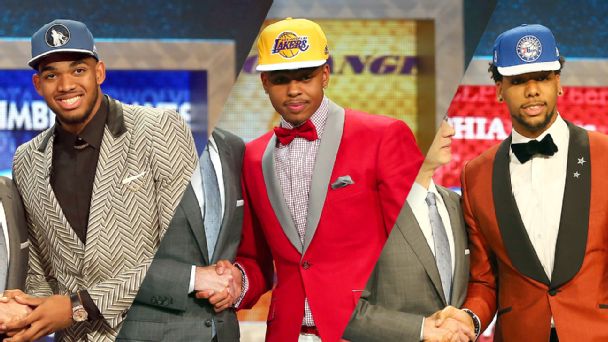
Player Shape
If you're used to playing seasonal fantasy, it's nothing new for you to track the peaks and valleys of player shape, but you'll have a lot more work to do with this in daily fantasy because there's a lot more room to get rid of it. from players who do not suit you.
Attack
Attack players only affect the game when they touch the sword, and the number of touches of the ball near the opponent's goal mainly depends on their form. When a player is in poor form, his teammates will be less likely to trust him with the ball when attacking near the opponent's goal, and therefore the attacking potential of such a player will come to naught.
At the same time, teammates can sometimes go the other way: they will pass to such a player again and again in the vain hope of "exorcising" bad form. But despite this, the squad should be built around a player who is in good shape . For example, strikers usually have long periods of good form, and you can use this for your team.
Goalkeepers
Goalkeepers are by no means immune to bad form and mistakes, and when this happens it is very difficult to count on points. There are a few key statistics to look out for when evaluating goalkeeper form: 90,015 saves per game and 9 goals conceded0016 . And while checking for likely clean sheets is still useful, a good number of saves can often lead to higher scores.
To put it more clearly, when scoring with two points per save, the goaltender only needs to make three saves to beat a shutout, and the goaltender can also receive team points for winning the match.
As far as gross misses of goalkeepers are concerned, they need to be examined more closely , and here it is advisable to be an expert on a particular championship in order to conduct a deeper analysis of each case.
Defense
Defenders are another group whose form is primarily affected by mistakes, as every mistake can lead to a goal conceded. More often than not, defenders who are in bad shape stay on the bench or don't play the whole match, so choosing such players is not the best option.
Conclusion
Being a daily fantasy football player means knowing all aspects of this wonderful game. Studying the dark and light bands of teams and players is just another part of the strategy that you need to use to decide which player you will take to your squad this week.
How to make money in fantasy sports with FanTeam
News
GipsyTeam
24.11.2020 11:56 6544
How to make watching sports more interesting and make money from your hobby? Experts from Europe's largest fantasy sports platform talk about the basics of strategy, offer registration bonuses and a €200 contest for GipsyTeam readers.
Residents of the world's largest economy have been limited in their online entertainment for years: the sports betting market is heavily regulated and banned in most states, and after Black Friday in 2011, poker was hit hard.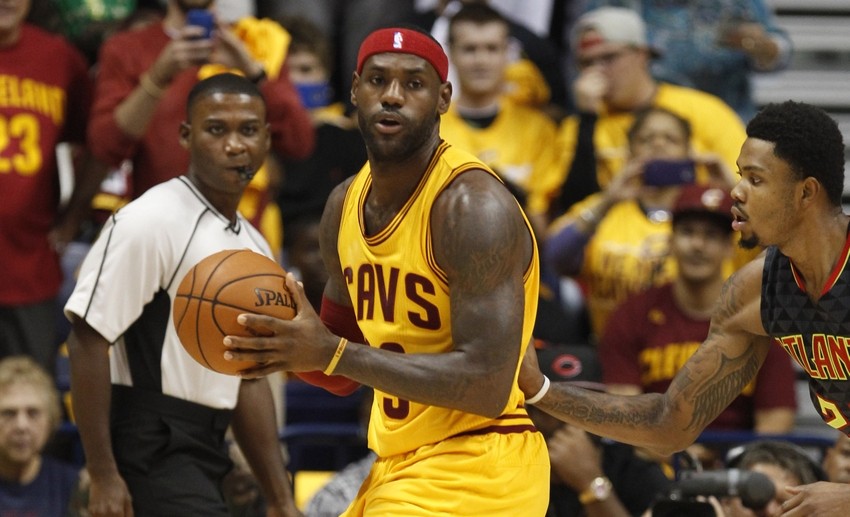 But restrictions in one area lead to the development of others - first in the United States, and then in other countries, a fantasy sports boom began. More than 60 million Americans now participate in baseball, basketball, hockey and football fantasy tournaments in 2019In 2010, the market size was estimated at $18.6 billion.
But restrictions in one area lead to the development of others - first in the United States, and then in other countries, a fantasy sports boom began. More than 60 million Americans now participate in baseball, basketball, hockey and football fantasy tournaments in 2019In 2010, the market size was estimated at $18.6 billion.
Europe is not far behind. The flagship of European fantasy is FanTeam, one of the largest platforms where over $1,000,000 in prize money is played every month. This year, the company signed a sponsorship deal with London's Fulham, is gearing up to host the €300,000 Winter Fantasy Football World Cup and isn't stingy with bonuses for new players.
FanTeam experts talked about how the fantasy sports market works, how it is similar to poker and whether it is possible to make money on it.
What is fantasy sports
Fantasy sports is a virtual game based on real sports events. You collect a team of real players who bring points for effective actions. The rules for scoring points depend on the type of tournament and the playing field.
The rules for scoring points depend on the type of tournament and the playing field.
The player who acquired Ibrahimovic will receive five points for him Depending on the potential of the athlete, he is assigned a price: more talented and capable players are more expensive. In most tournaments, the fantasy manager (fantasy player) is given a budget to build a team that cannot be exceeded.
An example of a team on a conditional budget €
100 million Buying only expensive players with high potential will not work - for a good result, you should always look for cheap, but promising options. In a fantasy tournament, the one who assembles the team with the most points wins.
How fantasy sports is similar to poker
1. Just like in poker, in fantasy sports you compete against real players, not against the court/office.
2. In fantasy, skill is everything: a weak manager will not be helped by a large bankroll, and a strong one can win prizes solely on understanding the sport.
3. The site takes only the rake.
Advantages of fantasy versus poker
1 Weak field - the vast majority of players are amateurs.
2. Fantasy team selection can take quite a bit of time. You decide how much time to spend on analysis and selection of players, and one assembled team can be automatically imported into different tournaments (for example, for €2 and for €20).
3. A market that is actively developing. Every year more players play fantasy, the coverage of sports and leagues expands, and the prize pools increase.
The growing market allows the rooms not to save on marketing budgets and provide players with generous bonuses. Especially for GipsyTeam readers, FanTeam is giving away free tickets in their forum thread.
4. Much less tilt! After registering a team, the result of the tournament depends on the players you have taken to the fantasy team. Even if luck turns away, you will not be able to lose several buy-ins on tilt.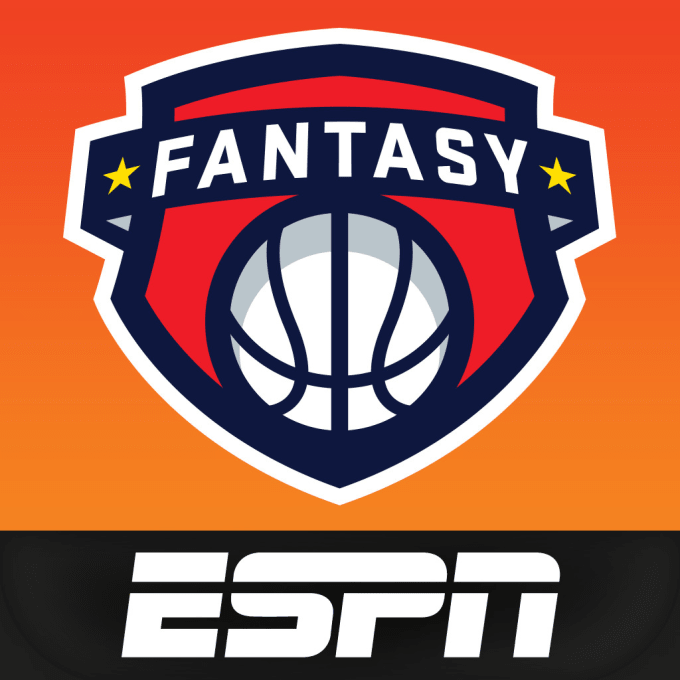
An example of game statistics. For a poker player, everything is familiar: ROI, ITM, number of tournaments What is fantasy sports like
Globally, fantasy tournaments are divided into 2 types: seasonal and one-day (daily, or simply daily).
A seasonal fantasy tournament lasts for the duration of the entire competition, or a well-defined part of it (eg group stage only or playoffs only). In this format, the player needs to assemble a team before the start of the stage, and then make changes between rounds. Seasonal fantasy can go from one to 9-10 months. There are formats in which the manager assembles the team once and cannot make changes to it until the very end.
Daily fantasy is held within the framework of a specific gaming tour/day/match, the results of the tournament become known in a couple of hours or days.
Prize money is not inferior to poker Why play fantasy
It's interesting! As betting enthusiasts are well aware, even a small amount can seriously increase the interest in watching a match.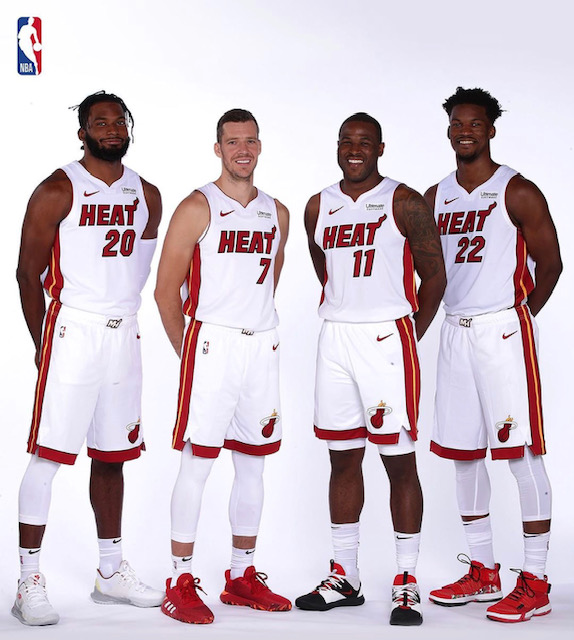 But there is another side: fantasy managers can earn serious money by winning tournaments or simply getting into ITM. The fantasy industry in Europe is developing very actively: guaranteed prize pools are growing from season to season.
But there is another side: fantasy managers can earn serious money by winning tournaments or simply getting into ITM. The fantasy industry in Europe is developing very actively: guaranteed prize pools are growing from season to season.
Here's how the prize money of the Seasonal Football League Championship FanTeam Tournament increased:
• Season 18/19 - €100,000, €20,000 for 1st place, €25 buy-in;
• Season 19/20 - €250,000, €50,000 for 1st place, €25 buy-in;
• Season 20/21 - €1,000,000, €200,000 for 1st place, €25 buy-in.
Over the past 2 seasons, the prize fund has increased 10 times! And although players can organize several teams in one championship, this summer the tournament was won by a manager who entered only 1 team.
Fantasy tournaments on FanTeam are held for a wide variety of sports and leagues:
- football
- basketball
- hockey
- MMA
- motorsport
- tennis
- cricket
- baseball
- American football and even eSports
(CS:GO, DOTA 2, League of Legends)
In every sport, there is a lot of publicly available statistics and materials that help in the analysis and search for optimal solutions.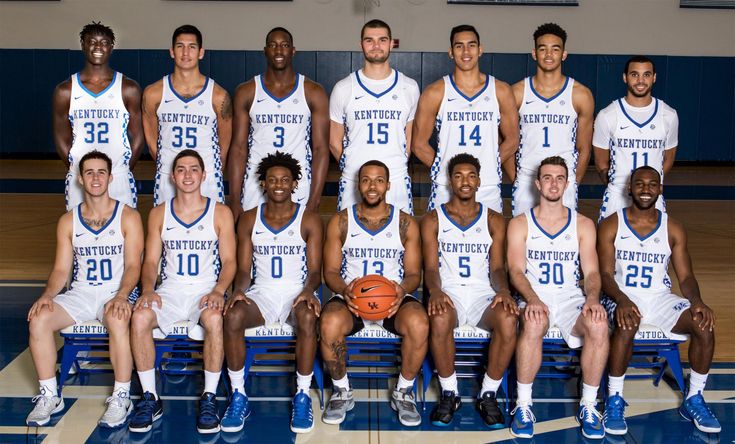 For the most sophisticated managers, paid resources are available that provide an inexhaustible amount of information. The fantasy player community is growing exponentially, and for some, fantasy is becoming a job and even a main source of income.
For the most sophisticated managers, paid resources are available that provide an inexhaustible amount of information. The fantasy player community is growing exponentially, and for some, fantasy is becoming a job and even a main source of income.
Weekly Monster - FanTeam's main daily tournament
In FanTeam's daily fantasy, the guaranteed funds of the Weekly Monster main football tournament in the English league are also very impressive:
3rd place, buy-in €2;
Big Weekly Monster prize pool - €50,000, €5,000 for 1st place, €20 buy-in.
This is not the limit: on some days the prize pools increase. Just a few tours ago, FanTeam secured a massive €100,000 Weekly Monster guarantee.
How is the tournament run? One round, 8-9 matches, 11 players. You create a team of goalkeeper, defenders, midfielders and attackers. You can take no more than 3 players from each real team. Then you choose a captain - the player whose points will be doubled - and a vice-captain - the player who will become the captain if the main does not play for 1 minute.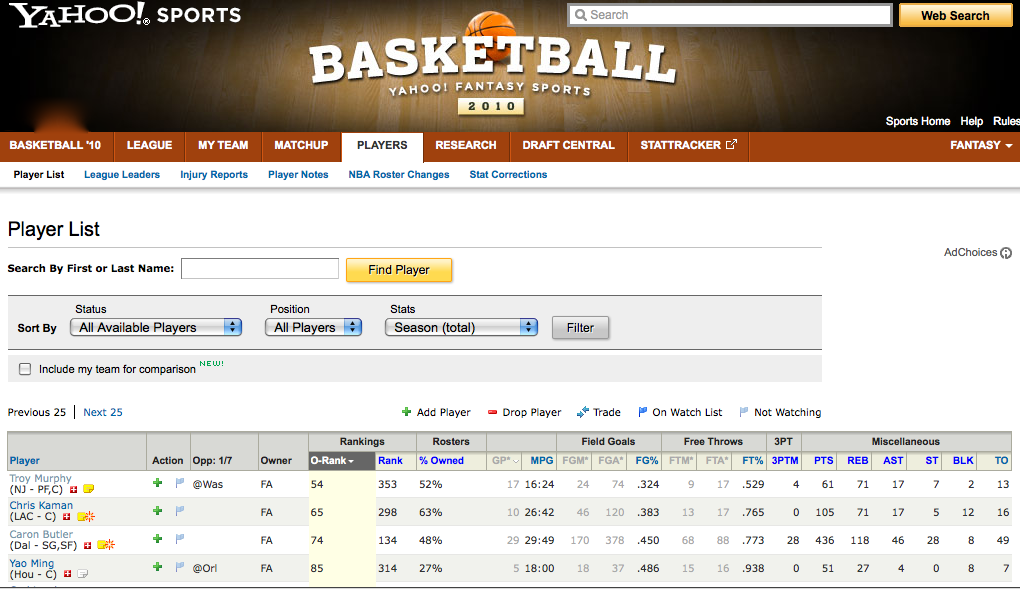 Most often, expensive options from top clubs are indispensable, but inexpensive differential picks of players with a low percentage of possession, but a good expectation, provide a good result in the first place.
Most often, expensive options from top clubs are indispensable, but inexpensive differential picks of players with a low percentage of possession, but a good expectation, provide a good result in the first place.
How to show your skills?
1. Competently draw up a pool of players with a good expectation, without falling for expensive but unpromising player selections.
2. Choose the right captain.
3. Balance your lineup by combining stars and cheap players with good expectation.
Bonuses for GipsyTeam players
FanTeam has prepared several bonuses especially for GipsyTeam players.
All new FanTeam players will receive a €2 ticket to Saturday's Weekly Monster tournament.
If you make your first deposit and start a blog in the fantasy section of the forum (and write at least a few posts), you will receive a ticket for €20 to Weekly Monster. To confirm participation, add the hashtag #fanteam to the first post.